Twill (fabric), what is it? - Often asked by customers in stores. In fact, it turns out that everyone is familiar with it from childhood. Its most popular variety is denim, from which youth clothing, children's jackets and trousers are sewn. It is widely used in the light industry for sewing special clothing for employees of factories, plants, hospitals.
A bit of history
Twill is a material that originated in Scotland, where high-quality fabrics were produced for several centuries. The cold, damp climate forced the local population to create materials that were durable and could retain heat. There are two similar names: twill and tweed. They differ in the raw materials used for production.
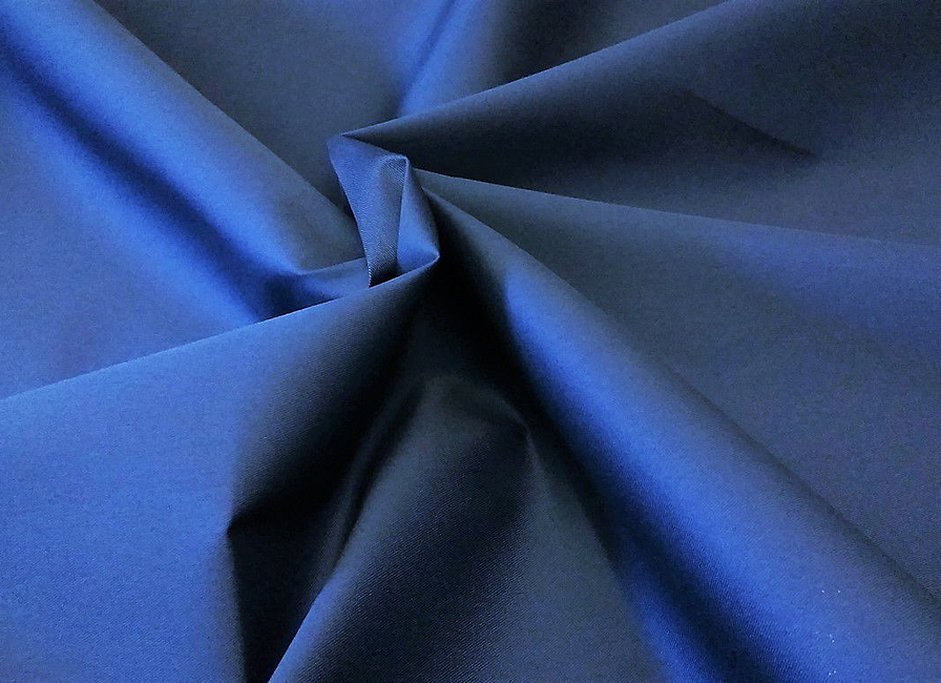
Twill - what kind of fabric is it? It is a silky fabric, soft to the touch, resembling satin in appearance. Both types of material have a soft matte sheen, but twill has less density.
Twill is a fabric with a twill weave, which includes several types of fibers. These can be:
- cotton;
- wool;
- silk;
- synthetics (polyester).
The following types of fabric are widely known:
- polysatin is a material that is identical to satin in its properties and characteristics. Unlike the latter, polysatin contains a lot of synthetics;
- tweed. This name covers several types of woolen fabric with a twill weave.
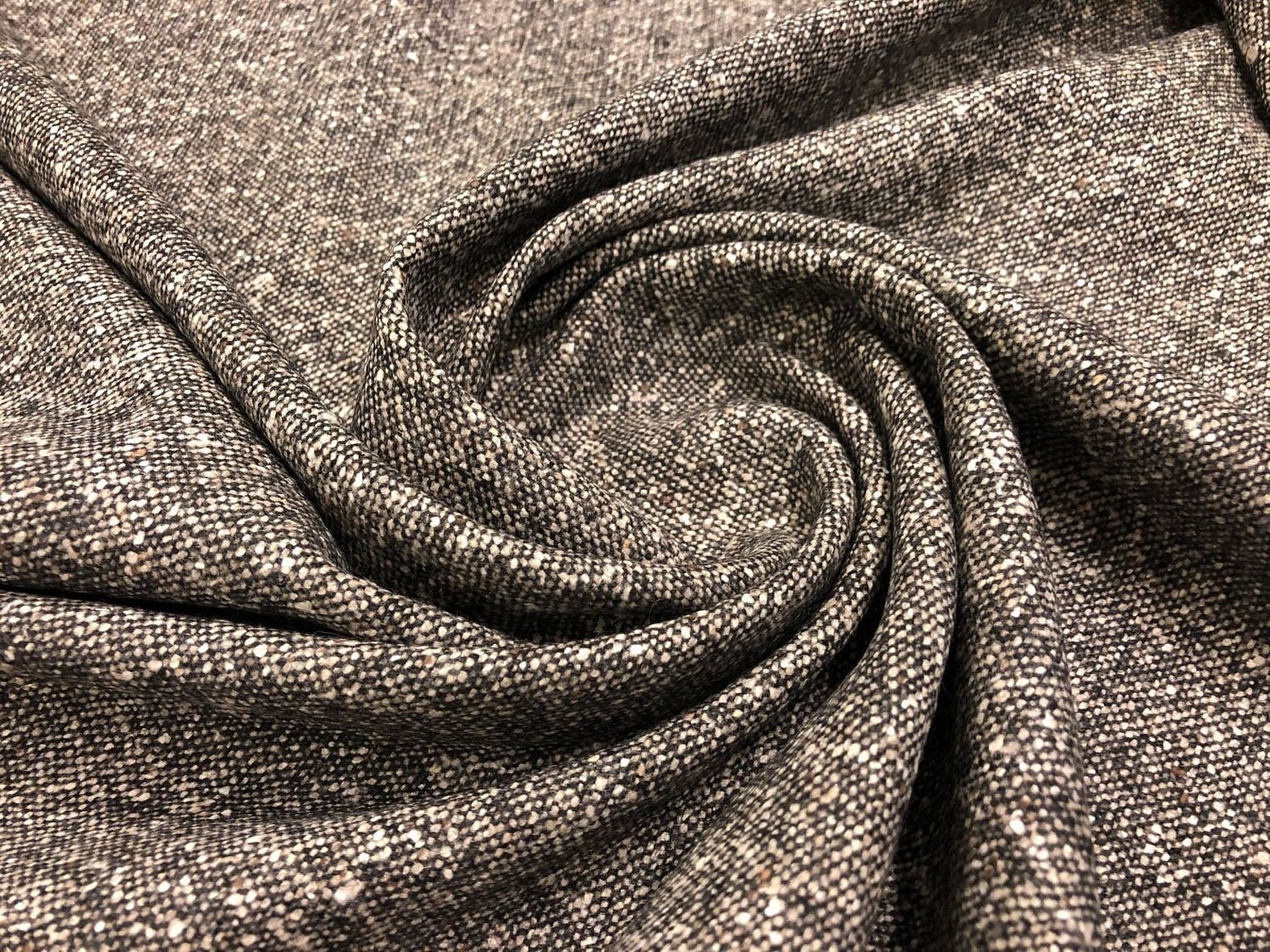
For your information! Twill is practical, the combination of synthetics and wool gives the material special strength and the ability to retain heat. Synthetic fibers in this fabric prevent it from shrinking and wrinkling.
Peculiarities of origin and production
The first samples of twill were made exclusively from sheep wool without any additives. Natural fabrics warm well, but they shrink a lot after washing. Thick threads of dark gray and brown shades gave the material an unusual texture. The heavy textured fabric differed from modern fabrics.
Under the influence of fashion and the emergence of new yarn production technologies, the fabric gradually changed. It changed not only in appearance, but also in feel. Now, more than two dozen different materials are united under the name twill.
Characteristics, composition and properties
Twill material - what is it and how not to confuse it with other types of fabrics? It and satin have a similar twill weave, they differ on the front side by a diagonal pattern and a textured back with a rib.
The angle of inclination depends on the threads, their:
- thickness;
- density;
- methods of twisting.
Twill has a slight sheen, it is slightly thinner than satin. Visually, this difference is difficult to notice. Fabrics are also distinguished by price.
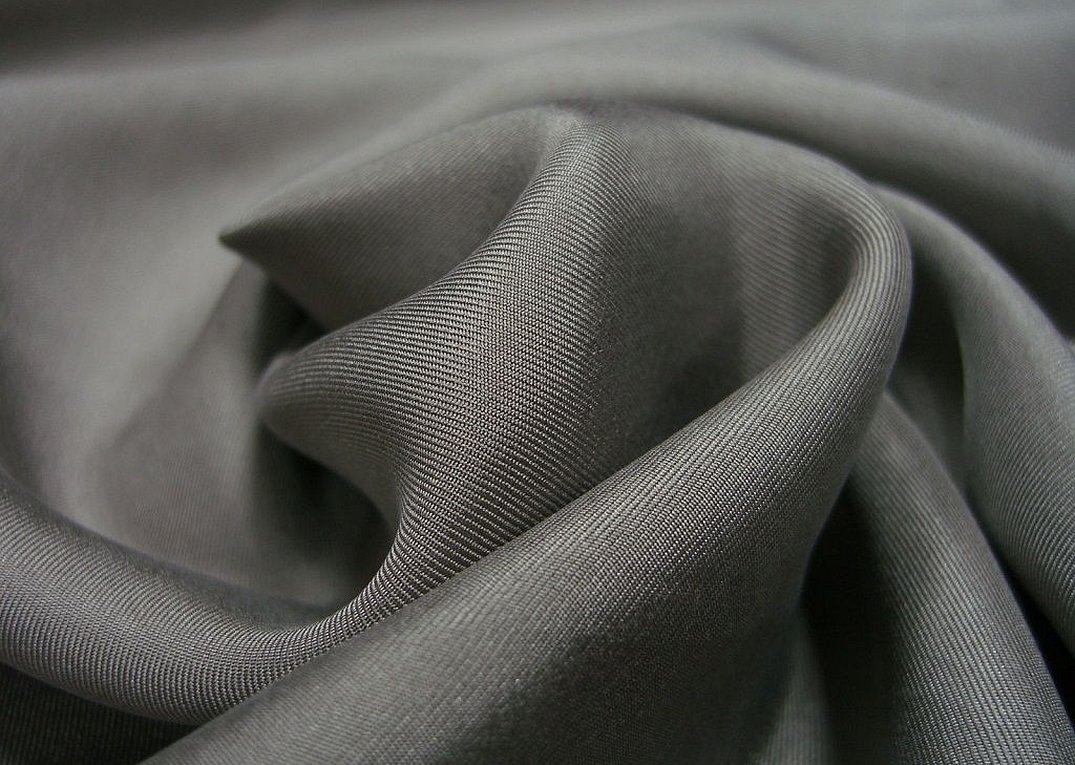
Twill fabric - what is it and what are its positive qualities? This material has many advantages:
- has a high density;
- soft, pleasant to the touch;
- has a soft matte shine;
- lasting;
- wear-resistant;
- washes well;
- breathable;
- retains dust on the surface;
- resistant to deformation;
- does not fade in the sun;
- does not wrinkle;
- does not require complex maintenance;
- dries quickly after washing;
- does not cause allergies.
Highly durable material is easy to maintain, practical. Twill does not attract moths.
Please note! Products made from this fabric retain an attractive appearance for a long time. Single-color fabric samples are most often found on sale.
Types and their application
Twill with many positive qualities is used to make interior items, work and casual wear. Light thin twill options - viscose, silk twill are used to make:
- short;
- trousers;
- skirts;
- costumes.
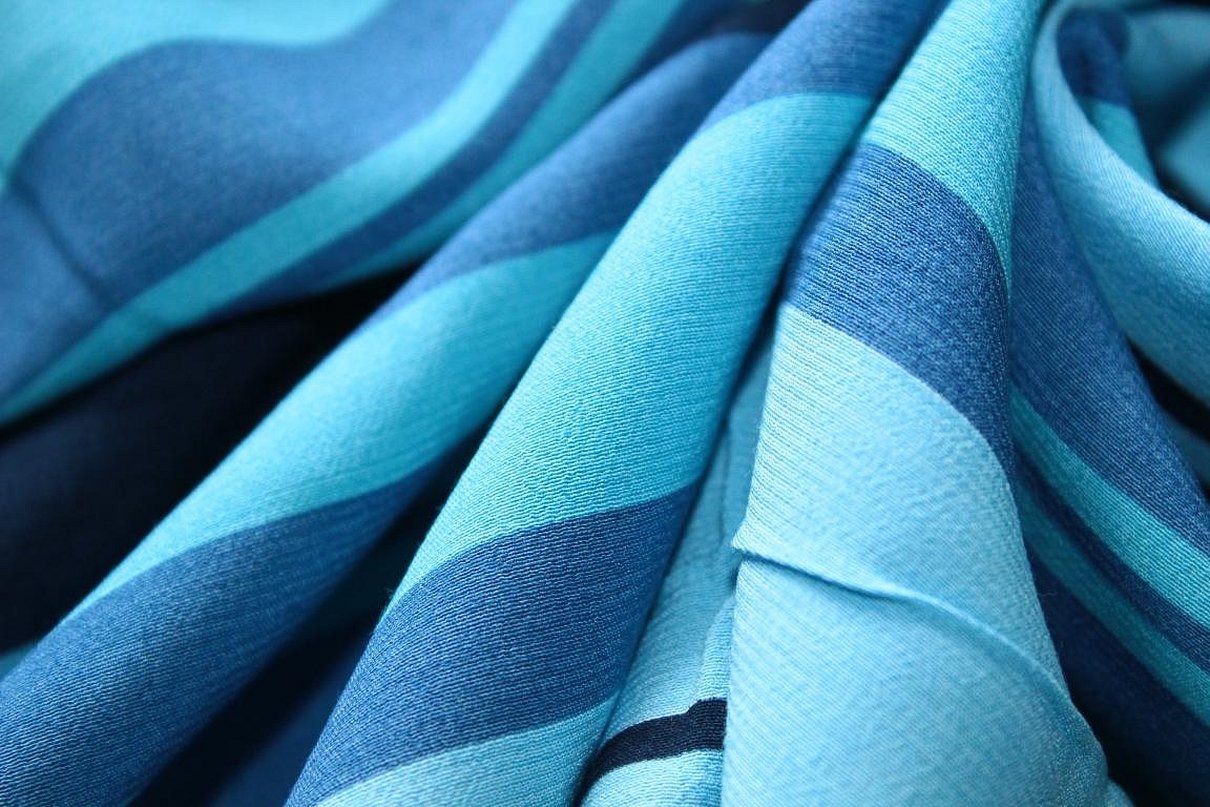
Viscose has increased drape. It is soft to the touch. Skirts, dresses, draperies from this manufactory look beautiful on the figure. Breathable, cool fabric is suitable for a summer wardrobe.
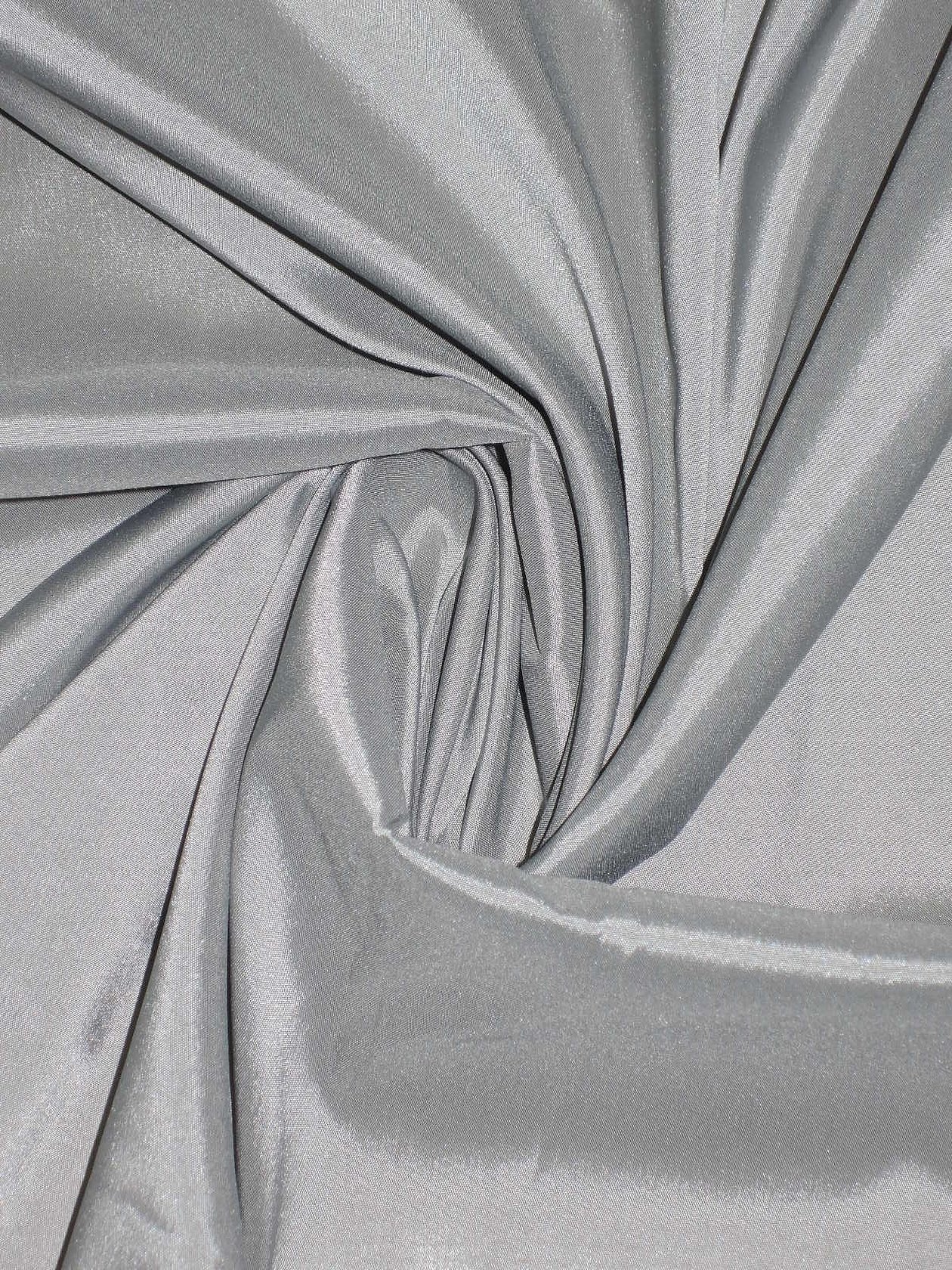
Viscose with a stretch effect is used for the production of sportswear, tight-fitting underwear, and swimwear.
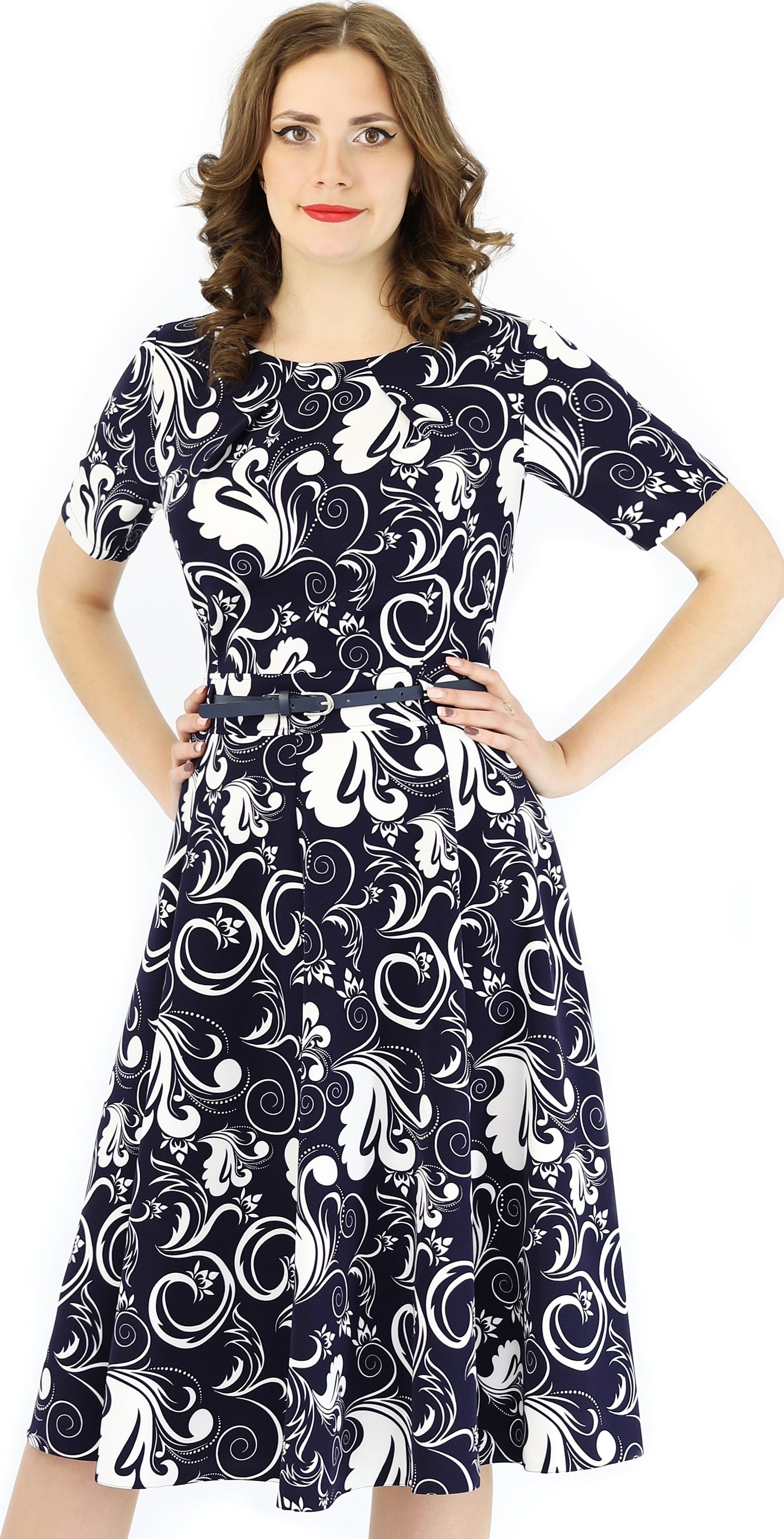
Dense cotton fabric with high wear resistance is suitable for urban casual wear: it protects from the sun in summer and allows the body to breathe.
Dense twill weave of medium density and twill peach are indispensable in the production of lightweight outerwear:
- raincoats;
- jackets;
- windbreakers;
- headwear (caps, panamas);
- jackets.
The most popular fabric with a twill weave, light backing and face painted in intense tones is denim. The material is used to make trousers, jackets, skirts for different age groups. Denim is a popular fabric, and there is no home that does not have items made from it.

Outerwear is made from hypoallergenic fabric for children and adults. Dense twill samples have found application in textiles for interiors. They are used to make:
- curtains;
- furniture covers;
- bed sheets;
- dining sets.
Thick cotton twill with synthetic additives is used:
- as upholstery for furniture;
- sewing bags, backpacks.
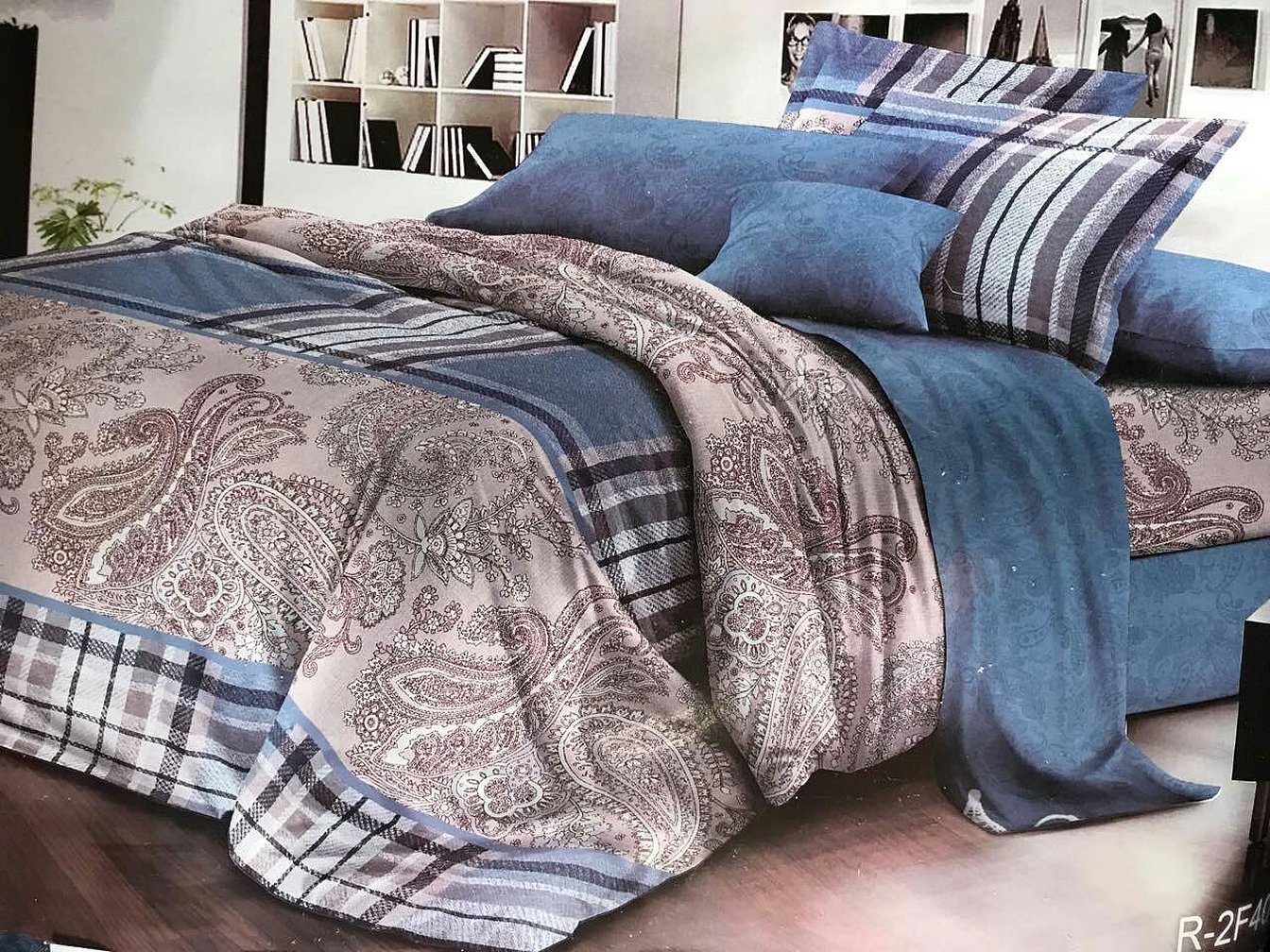
Important! The widely known twill is also a type of twill. It is used as a lining for outerwear, night curtains, bedspreads. Furniture covers are sewn from it.
Scope of application
The material is suitable for the production of any type of textile products. Most often it is used for sewing special, work clothes.
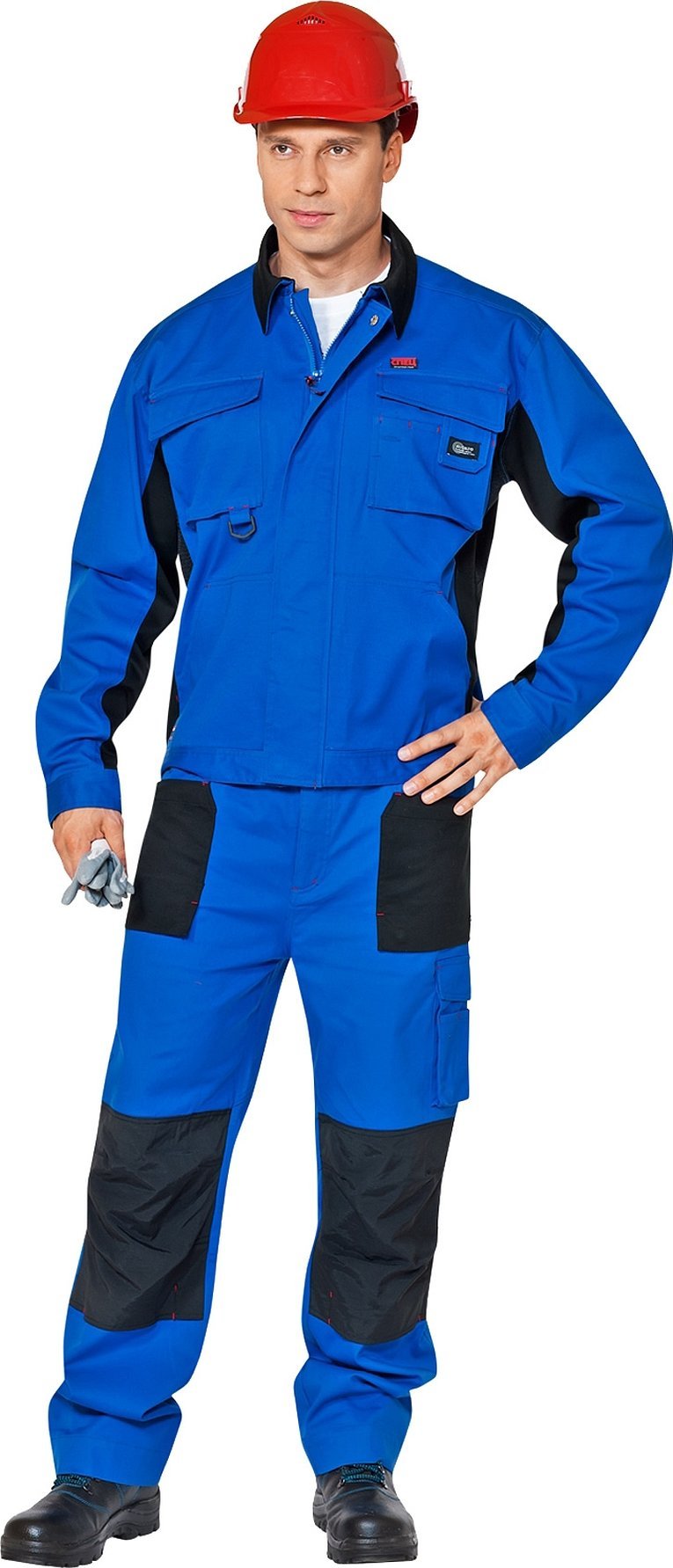
Uniforms made from this material meet all the requirements of SanPiN:
- does not cause allergic reactions;
- protects skin from dust and dirt;
- allows the body to breathe.
Fabrics used for sewing special professional clothing may contain synthetic additives. Artificial fibers provide the material with:
- strength;
- wear resistance;
- wrinkle resistance;
- eliminate shrinkage.
Raincoats, bags, and backpacks are also sewn from fabrics made from natural and synthetic fibers.

Care of mixed materials
In the description of the material, manufacturers provide recommendations for care:
- Twill can be washed frequently and is machine washable.
- Before loading into the drum, items are folded into neat piles and distributed evenly.
- The water temperature should be between 30°C and 40°C.
- It is not advisable to use bleaches. Liquid soft gels are best. They are evenly distributed in the compartment during washing, and things are easily rinsed out of them.
- To keep the twill soft and pleasant to the touch, it is recommended to use conditioners when rinsing.
- Drying things in the open sun is not recommended; a closed veranda or balcony is a good place for this.
Please note! It is best to iron twill items when the fabric is still slightly damp. Overdried items are difficult to iron and will need to be steamed or sprayed.
Cost, what do prices depend on?
The cost of the material depends on its composition, production method, and the reputation of the factory. Samples imported from abroad are more expensive than domestically produced materials. The price is affected by the markup that the retail chain enterprise sets to make a profit.
| Type of fabric | Synthetic additives | Natural fiber | Price |
| Twill twill | Polyester - 50% | Cotton - 50% | 150-200 rub.* |
| Country of origin Russia | 35% | 65% | 350-400 rub. |
| Country of origin: China | 35% | 65% | 380-420 rub. |
| For workwear | 100-150 rub. | ||
| Furniture fabrics (China) | 300-450 rub. | ||
| Wool tweed (Italy) | 2000-3000 rub. | ||
| Suit fabric (Italy) | 5% | 50% wool, 45% silk | 3500-4000 rub. |
Reviews
Elena Lopatina, 55 years old, Rostov region, Salsky district, settlement Gigant
"I bought a scarf made of silk twill fabric, painted with bright flowers, about seven years ago. I have washed it in the washing machine several times. The colors do not fade, the fabric does not wrinkle. I am very pleased, the thing is elegant, attracts attention. No one believes that it is so old, it looks so good. I wear it on my head, neck instead of a light scarf. After I take it off, I slightly straighten it with my hand, and the scarf takes its shape."
Lyudmila Dudinets, 34 years old, Perm
"I lead an active lifestyle because of my dog, which I have to walk every day. Our house is in a big city, you can't go outside in a dressing gown and slippers, and you have to get ready quickly. I found the best clothing option for myself - I bought a light twill pantsuit. I really like the fabric: it doesn't wrinkle, doesn't lose color. After washing, I hang the semi-damp clothes on a hanger, and they take their shape. I didn't know what twill was before, although it turned out to be quite well-known and widespread."
Twill is a good combination of price and quality. Things made from this material are long-lasting and do not cause allergies. The material is easy to cut and does not deform during sewing.




